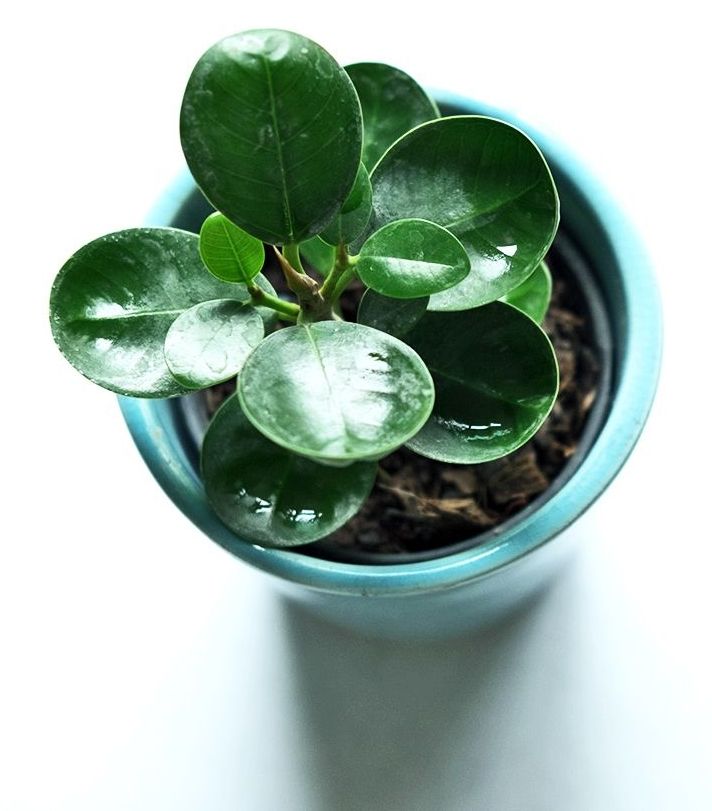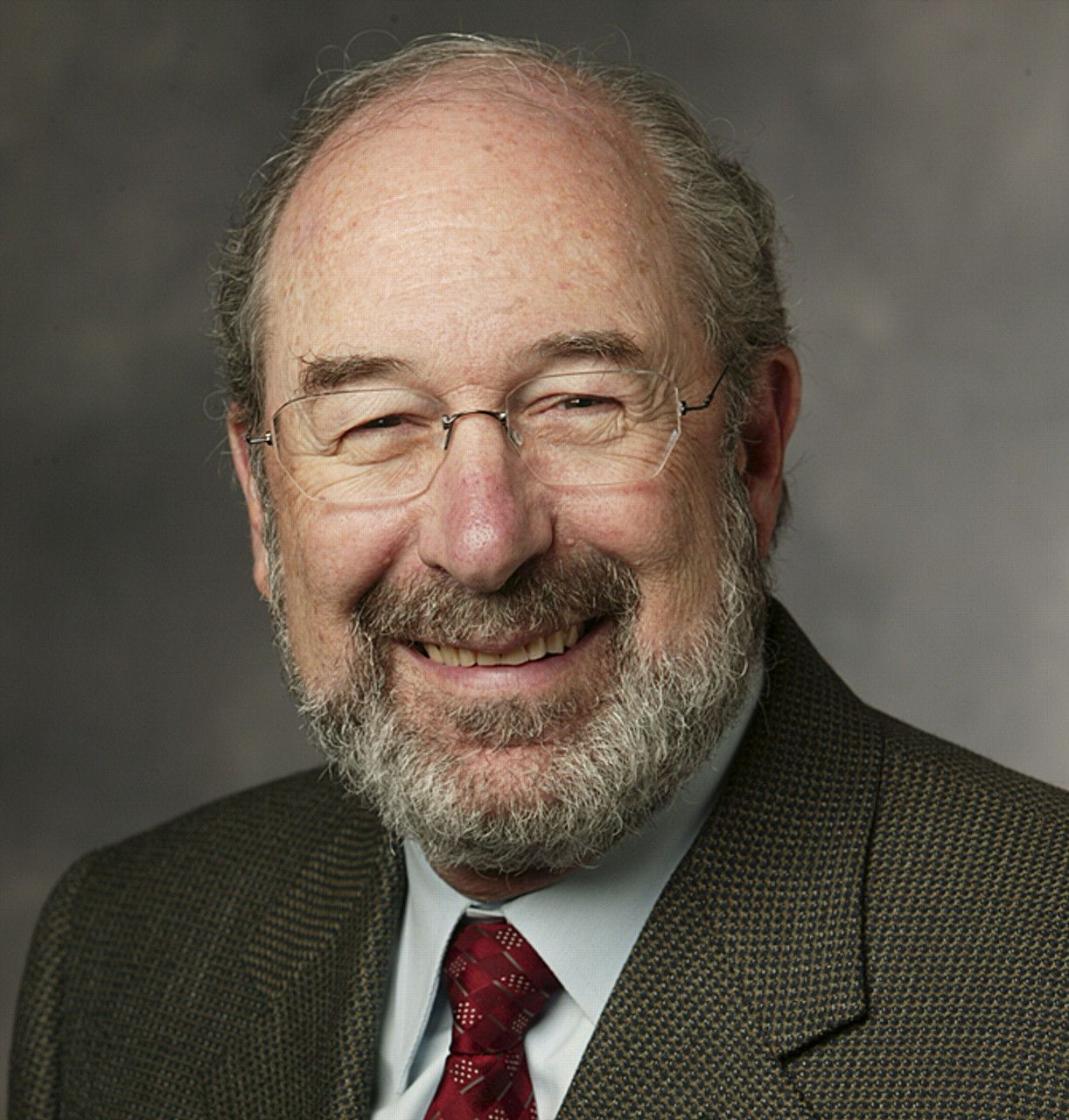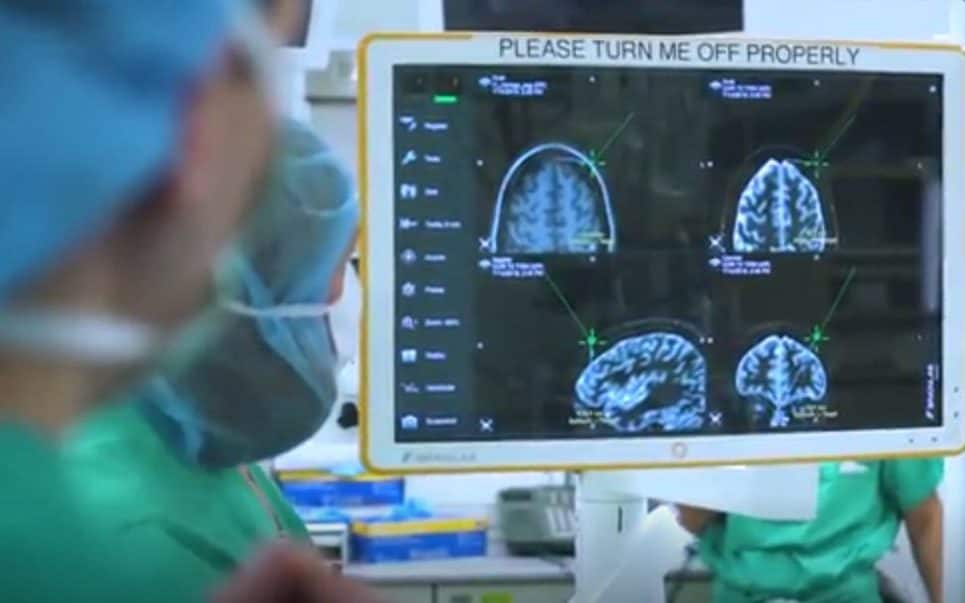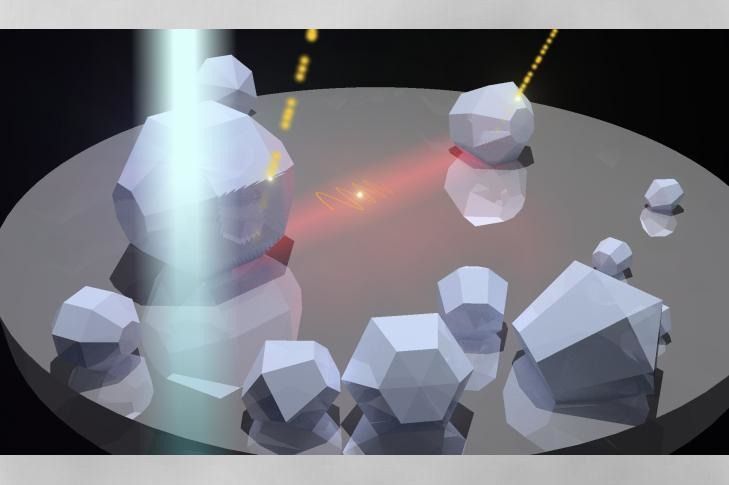Page 8867
Mar 27, 2018
Could Higgs Bosons and Primordial Black Holes Explain Dark Matter?
Posted by Genevieve Klien in categories: cosmology, physics
Without an actual discovery, it can be difficult to convince us laypeople that there’s really such a thing as “dark matter.” It seems to interact with our universe solely through gravity, and no experiment has detected it here on Earth yet. So what if there’s an explanation to what’s causing the dark matter’s using physics that already exists, like Higgs bosons and black holes?
A team of three European physicists has made what could be seen as a controversial statement: “The existence of dark matter might not require physics beyond the standard model.” It’s still just a hypothesis as the hunt for dark matter continues, but it’s an interesting thought to digest.
First, you might be wondering what I’m talking about at all. You only experience regular matter in your day-to-day life—it’s what makes up every planet, star, and galaxy. But astronomical observations imply that there’s gravity from six times more matter in the universe, stuff we can’t see with our eyes or instruments, called dark matter. As of yet, lots of experiments have tried and failed to identify the source of this gravity.
Continue reading “Could Higgs Bosons and Primordial Black Holes Explain Dark Matter?” »
Mar 27, 2018
The future of photonics using quantum dots
Posted by Genevieve Klien in categories: computing, finance, quantum physics
Fiber-optic cables package everything from financial data to cat videos into light, but when the signal arrives at your local data center, it runs into a silicon bottleneck. Instead of light, computers run on electrons moving through silicon-based chips, which are less efficient than photonics. To break through, scientists have been developing lasers that work on silicon. Researchers now write that the future of silicon-based lasers may be in quantum dots.
Mar 27, 2018
Vegetable compound could have a key role in ‘beeting’ Alzheimer’s disease
Posted by Jacob Anderson in categories: biotech/medical, neuroscience
A compound in beets that gives the vegetable its distinctive red color could eventually help slow the accumulation of misfolded proteins in the brain, a process that is associated with Alzheimer’s disease. Scientists say this discovery could lead to the development of drugs that could alleviate some of the long-term effects of the disease, the world’s leading cause of dementia.
Mar 27, 2018
Chemotherapy-free ‘cancer vaccine’ moves from mice to human trials at Stanford
Posted by Jacob Anderson in category: biotech/medical
A recent Stanford cancer study that cured 97 percent of mice from tumors has now moved on to soliciting human volunteers for a new cutting-edge medical trial.
The trial is part of a gathering wave of research into immunotherapy, a type of treatment that fights cancer by using the body’s immune system to attack tumors.
“Getting the immune system to fight cancer is one of the most recent developments in cancer,” Dr. Ronald Levy, a Stanford oncology professor who is leading the study, told SFGATE. “People need to know that this is in its early days and we are still looking for safety and looking to make this as good as it can be.”
Continue reading “Chemotherapy-free ‘cancer vaccine’ moves from mice to human trials at Stanford” »
Mar 27, 2018
Chinese space station set for uncontrolled Easter reentry
Posted by Genevieve Klien in category: satellites
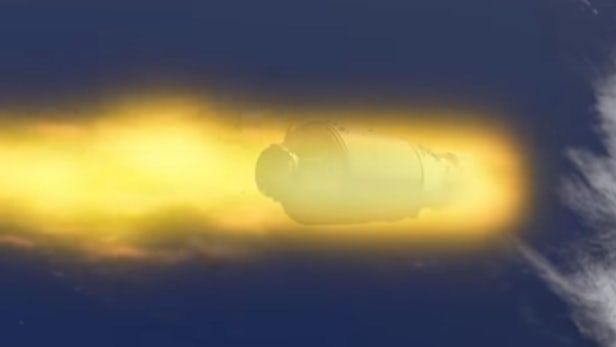
China’s Tiangong-1 space station is set to make an uncontrolled reentry into the Earth’s atmosphere on or around April 1. The update from the Aerospace Corporation, which is tracking the abandoned orbital laboratory, predicts that it will make its final plunge at 00:00 GMT on April 1 with a margin of error of ±36 hours, when it will burn up somewhere between 43° North and 43° South latitudes.
Launched on September 30, 2011 from the Jiuquan Satellite Launch Center, China, atop a Long March 2F/G rocket, the Tiangong-1 was China’s first space station and was designed to accommodate two astronauts. In 2012, it was visited by the three-astronaut Shenzhou 9 mission that included China’s first female astronaut, and in 2013 by Shenzhou 10.
Continue reading “Chinese space station set for uncontrolled Easter reentry” »
Mar 27, 2018
Alzheimer’s memories could be switched back on with implant
Posted by Genevieve Klien in categories: biotech/medical, neuroscience
A lzheimer’s sufferers could once again remember the faces of loved ones, or find their way back home, after scientists developed a way to boost memories.
In a groundbreaking pilot study, US researchers recorded memories as they were being formed and then later played them back into the brains of 10 patients.
They found that it increased memory performance by up to 37 per cent.
Continue reading “Alzheimer’s memories could be switched back on with implant” »
Mar 27, 2018
Google x-ray project shows AI won’t replace doctors any time soon
Posted by Genevieve Klien in categories: biotech/medical, robotics/AI
Mar 27, 2018
Future Focus: Quantum Computing in Next Generation AI Research
Posted by Genevieve Klien in categories: quantum physics, robotics/AI
Mar 27, 2018
Putting quantum scientists in the driver’s seat
Posted by Genevieve Klien in categories: computing, quantum physics
Scientists at the Department of Energy’s Oak Ridge National Laboratory are conducting fundamental physics research that will lead to more control over mercurial quantum systems and materials. Their studies will enable advancements in quantum computing, sensing, simulation, and materials development.
The researchers’ experimental results were recently published in Physical Review B Rapid Communication and Optics Letters.
Quantum information is considered fragile because it can be lost when the system in which it is encoded interacts with its environment, a process called dissipation. Scientists with ORNL’s Computing and Computational Sciences and Physical Sciences directorates and Vanderbilt University have collaborated to develop methods that will help them control—or drive—the “leaky,” dissipative behavior inherent in quantum systems.
